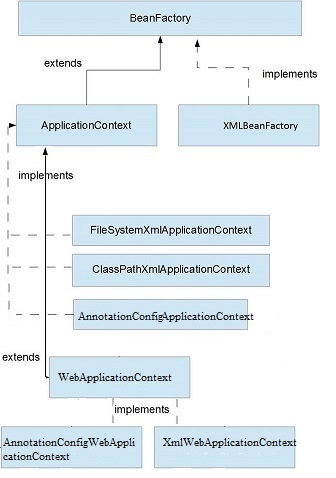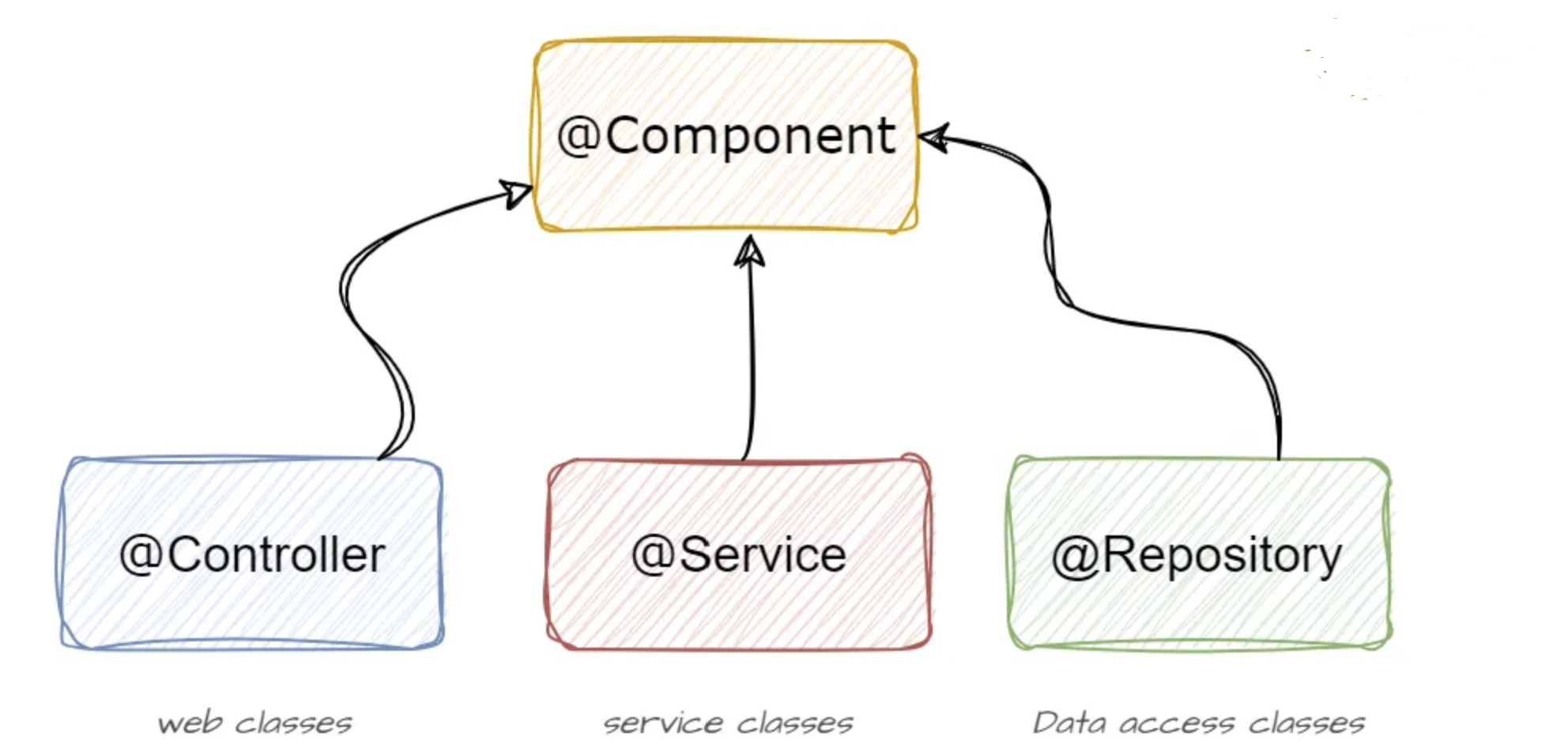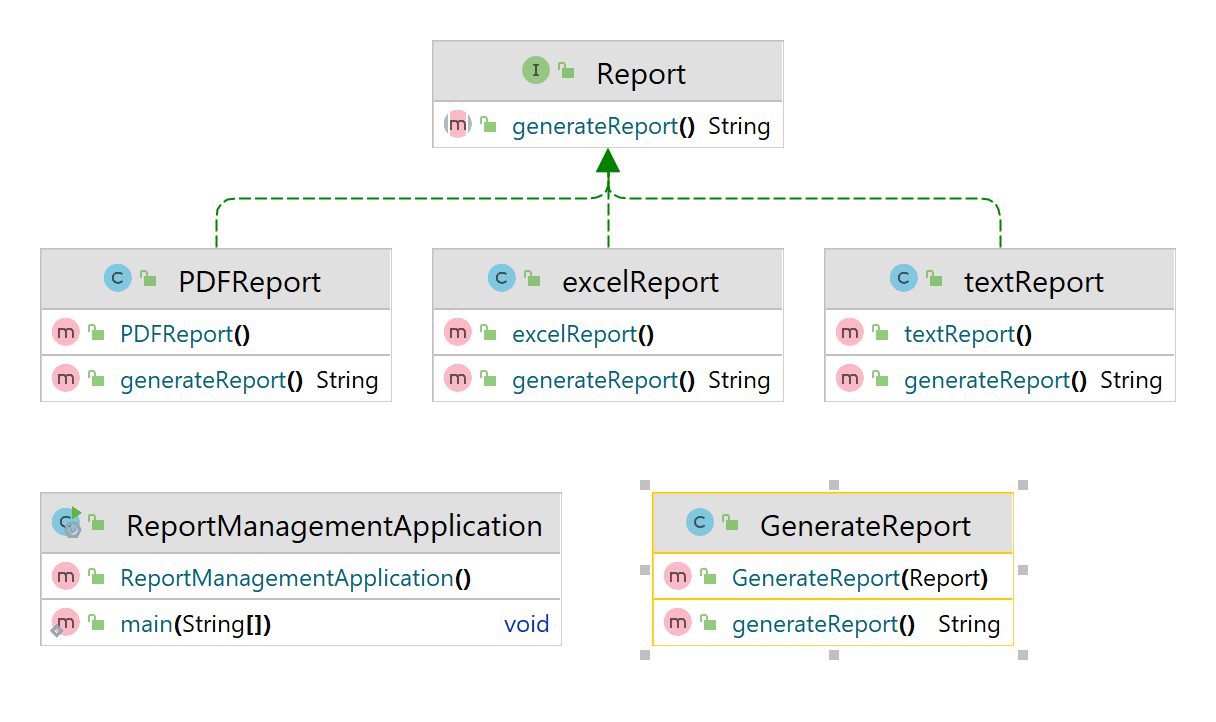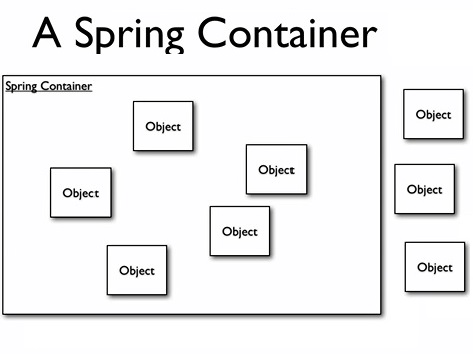Q1.What is the Difference between applicationContext and BeanFactory?
ApplicationContext is more feature rich container implementation and should be favored over BeanFactory.Both BeanFactory and ApplicationContext provides a way to get a bean from Spring IOC container by calling getBean(“bean name”)
- Bean factory instantiate bean when you call getBean() method while ApplicationContext instantiates Singleton bean when the container is started, It doesn’t wait for getBean to be called.
- BeanFactory provides basic IOC and DI features while ApplicationContext provides advanced features
- ApplicationContext is ability to publish event to beans that are registered as listener.
- implementation of BeanFactory interface is XMLBeanFactory while one of the popular implementation of ApplicationContext interface is ClassPathXmlApplicationContext.In web application we use we use WebApplicationContext which extends ApplicationContext interface and adds getServletContext method
- ApplicationContext provides Bean instantiation/wiring,Automatic BeanPostProcessor registration, Automatic BeanFactoryPostProcessor registration,Convenient MessageSource access and ApplicationEvent publication whereas BeanFactory provides only Bean instantiation/wiring

Q2.What is the Difference between Component and Bean?
- @Component auto detects and configures the beans using classpath scanning whereas @Bean explicitly declares a single bean, rather than letting Spring do it automatically.
- @Component does not decouple the declaration of the bean from the class definition where as @Bean decouples the declaration of the bean from the class definition.
- @Component is a class level annotation where as @Bean is a method level annotation and name of the method serves as the bean name.
- @Component need not to be used with the @Configuration annotation where as @Bean annotation has to be used within the class which is annotated with @Configuration.
- We cannot create a bean of a class using @Component, if the class is outside spring container whereas we can create a bean of a class using @Bean even if the class is present outside the spring container.
- @Component has different specializations like @Controller, @Repository and @Service whereas @Bean has no specializations.
@Component (and @Service and @Repository) are used to auto-detect and auto-configure beans using classpath scanning. There’s an implicit one-to-one mapping between the annotated class and the bean (i.e. one bean per class). Control of wiring is quite limited with this approach since it’s purely declarative.
@Bean is used to explicitly declare a single bean, rather than letting Spring do it automatically as above. It decouples the declaration of the bean from the class definition and lets you create and configure beans exactly how you choose.
Let’s imagine that you want to wire components from 3rd-party libraries (you don’t have the source code so you can’t annotate its classes with @Component), where an automatic configuration is not possible.The @Bean annotation returns an object that spring should register as a bean in the application context. The body of the method bears the logic responsible for creating the instance.
@Bean is applicable to methods, whereas @Component is applicable to types
Q3.What is the difference between @Configuration and @Component in Spring?
@Configuration Indicates that a class declares one or more @Bean methods and may be processed by the Spring container to generate bean definitions and service requests for those beans at runtime
@Component Indicates that an annotated class is a “component”. Such classes are considered as candidates for auto-detection when using annotation-based configuration and classpath scanning.
@Configuration is meta-annotated with @Component, therefore @Configuration classes are candidates for component scanning
Q4.Life cycle of Spring Bean
- There are five methods called before bean comes to ready state
- BeanPostProcessor method – postProcessBeforeInitilaization and postProcessAfterInitilaization would be called between init method(3 methods)
- After postProcessBeforeInitilaization @postContruct and afterPropertiesSet method would be called(2 methods)
- Bean comes to Ready state
- Once Spring shutdown is called @PreDestroy, destroy() and custom destroy method are called(3 methods)
Refer here
Q5.What is CGLIB in Spring?
Classes in Java are loaded dynamically at runtime. Cglib is using this feature of Java language to make it possible to add new classes to an already running Java program.Hibernate uses cglib for generation of dynamic proxies. For example, it will not return full object stored in a database but it will return an instrumented version of stored class that lazily loads values from the database on demand.Popular mocking frameworks, like Mockito, use cglib for mocking methods. The mock is an instrumented class where methods are replaced by empty implementations.
Q6.What is the difference between applicationcontext and webapplicationcontext in Spring?
- Spring MVC has ApplicationContext and WebApplicationContexts which is the extension of ApplicationContext
- There could be more than one WebApplicationContext
- All the Stateless attributes like DBConnections and Spring Security would be defined in ApplicationContext and shared among multiple WebApplicationContext
- ApplicationContext are loaded by ContextLoaderListener which is declared in web.xml
- A single web application can have multiple WebApplicationContext and each Dispatcher servlet (which is the front controller of Spring MVC architecture) is associated with a WebApplicationContext. The webApplicationContext configuration file *-servlet.xml is specific to a DispatcherServlet. And since a web application can have more than one dispatcher servlet configured to serve multiple requests, there can be more than one webApplicationContext file per web application.
Refer here
Q7.What are different bean scopes with realtime example?
Singleton: It returns a single bean instance per Spring IoC container.This single instance is stored in a cache of such singleton beans, and all subsequent requests and references for that named bean return the cached object. If no bean scope is specified in the configuration file, singleton is default. Real world example: connection to a database
Prototype: It returns a new bean instance each time it is requested. It does not store any cache version like singleton. Real world example: declare configured form elements (a textbox configured to validate names, e-mail addresses for example) and get “living” instances of them for every form being created.Batch processing of data involves prototype scope beans.
Request: It returns a single bean instance per HTTP request. Real world example: information that should only be valid on one page like the result of a search or the confirmation of an order. The bean will be valid until the page is reloaded.
Session: It returns a single bean instance per HTTP session (User level session). Real world example: to hold authentication information getting invalidated when the session is closed (by timeout or logout). You can store other user information that you don’t want to reload with every request here as well.
GlobalSession: It returns a single bean instance per global HTTP session. It is only valid in the context of a web-aware Spring ApplicationContext (Application level session). It is similar to the Session scope and really only makes sense in the context of portlet-based web applications. The portlet specification defines the notion of a global Session that is shared among all of the various portlets that make up a single portlet web application. Beans defined at the global session scope are bound to the lifetime of the global portlet Session.
Q8.What is Portlet application?what is the difference between a portlet and a servlet?
Servlets and Portlets are web based components which use Java for their implementation.Portlets are managed by a portlet container just like servlet is managed by servlet container.
When your application works in Portlet container it is built of some amount of portlets. Each portlet has its own session, but if your want to store variables global for all portlets in your application than you should store them in globalSession. This scope doesn’t have any special effect different from session scope in Servlet based applications.
The simplest way to think of this is that a servlet renders an entire web page, and a portlet renders a specific rectangular part (subsection) of a web page. For example, the advertising bar on the right hand side of a news page could be rendered as a portlet. But you wouldn’t implement a single edit field as a portlet, because that’s too granular. Basically if you break down a web page into it’s major sectional areas, those are good candidates to make into portlets. Portlet never renders complete web page with html start and end tags but part of page.



